class iii rapids definition
Class 3 rapids are the first category of rapid that you run the chance of hitting or running aground on a rapid. Complex maneuvers in fast current and good boat control in tight passages or around ledges are often required.
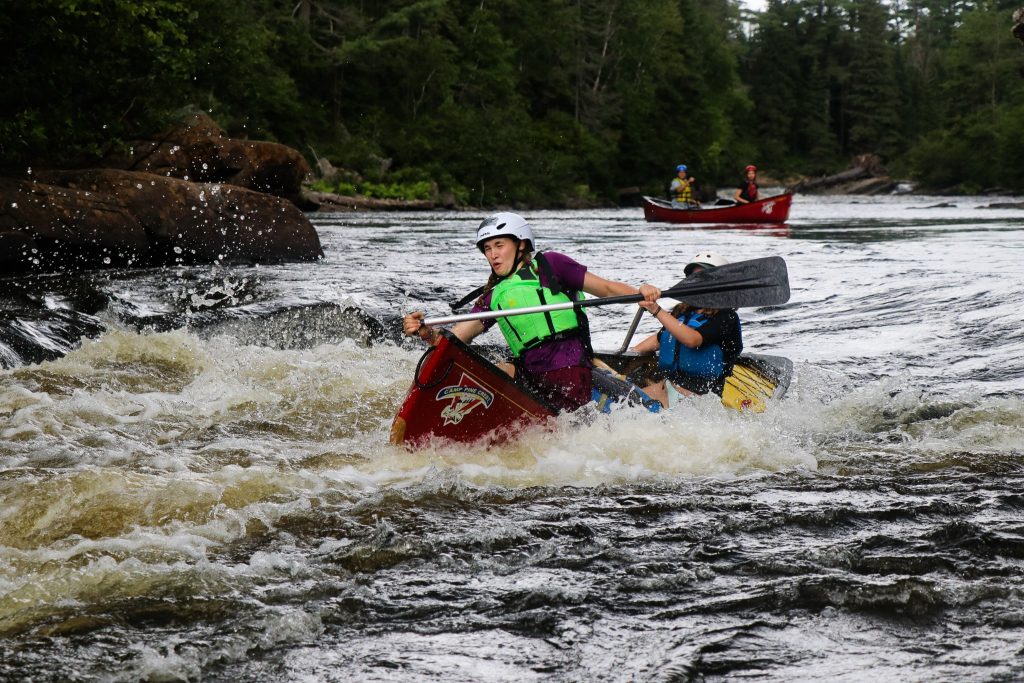
Guide To Rapid Classification With Pictures Video Voyageur Tripper
Many waves of different strengths many obstacles narrow passages.

. The classes of rapids are I II III IV V and VI. Waves usually 2-3 feet high passageways contain some obstacles. The class of a rapid determines how difficult it is to navigate using a kayak raft or other vessel.
Many strong waves many dangerous obstacles whirlpools. Class IV big drops will jump-start your heart as you paddle through the intense whitewater. Day two of our Beginner Kayak Course progresses to class II on the Lower Klickitat River.
Complex maneuvers in fast current and good boat control in tight passages or around ledges are often required. As always even for intermediate and advanced rafters going with a licensed rafting company and guide. According to the STB and American Short Line Regional Railroad Association ASLRRA the 2016 definition of a short line is any earning an annual operating revenue less than 36633 million.
May require significant maneuvering. Rapids with high irregular waves. Class III wet and fun rapids will get you soaked head to foot.
Class II splashes will get your legs wet just over the side of the boat. Best for young children and tentative adults. Long and powerful rapids.
There are six classes of whitewater rapids ranked based on how challenging they are to navigate. Complex manoeuvres and good boat control are required. If rapids are unknown visual inspection is required.
Rapids with moderate irregular waves which may be difficult to avoid and which can swamp an open canoe. The scale was created by the American Whitewater Association to evaluate rivers throughout. Currents hydraulics will feel stronger possibly channeling between brief narrow passages such as boulders or a cliff wall.
Marked limitation of ordinary activities eg walking 1-2 blocks or climbing stairs under normal circumstances. Experienced paddling Class 4. This figure is adjusted yearly which factors inflation using the base year of 1991 according to the ASLRRA.
Complex manoeuvres and good boat control are required. Small waves no obstacles. Using a self-guided watercraft is an option.
Large waves or strainers may be present but are easily avoided. Moderate Waves numerous high irregular. River rapid classes increase with the degree of difficulty of paddling rapids in the river.
Rivers with Class I flat water interspersed with occasional Class II rapids. Boats will shimmy and jolt with the increased punch of these larger waves but generally the jolt is brief with calmer and wider. Medium waves maybe a 35 ft drop but not much considerable danger may require significant maneuvering skill level.
The international scale of river difficulty is an American system used to rate the difficulty of navigating a stretch of river or a single sometimes whitewater rapid. Rapids with moderate irregular waves. Class V violent rapids will really get your adrenaline pumping and often have to be portaged.
Whitewater large waves long rapids rocks maybe a considerable drop sharp maneuvers may be needed skill level. Medium waves no obstacles. The Upper Klickitat River raft trip and Tieton River rafting trip epitomize the class III rafting adventure.
Slight limitation of ordinary activities eg after walking 2 blocks climbing one flight of steps under normal circumstances after meals in the cold wind in the morning or when under emotional stress. Rapids with moderate irregular waves strong eddies and currents. Rapids with passages clear though narrow requiring experience in maneuvering.
International scale of river difficulty. Narrow passages that often require precise maneuvering. No previous experience is necessary.
Numerous irregular high waves. Class III rapid at Canolfan Tryweryn Wales. Class 3 roads means roads that distribute traffic between the principal residential industrial and business districts of the town and which form the link between the primary network class 2 roads and the roads within.
Class III Whitewater. Waves 1-2 feet high. Rivers with Class I II water interspersed with Class III rapids.
Whitewater medium waves maybe a 35 ft drop but not much considerable danger. Strong eddies and powerful current effects can be found particularly on large-volume rivers. Rocks and eddies with passages clear but narrow and requiring experience to run.
Class III rapids feature waves up to 4 or 5 feet tall that will crash over the bow.

White Water Rafting Classes What Is The Difference And Which Is Best

How River Rapids Are Classified
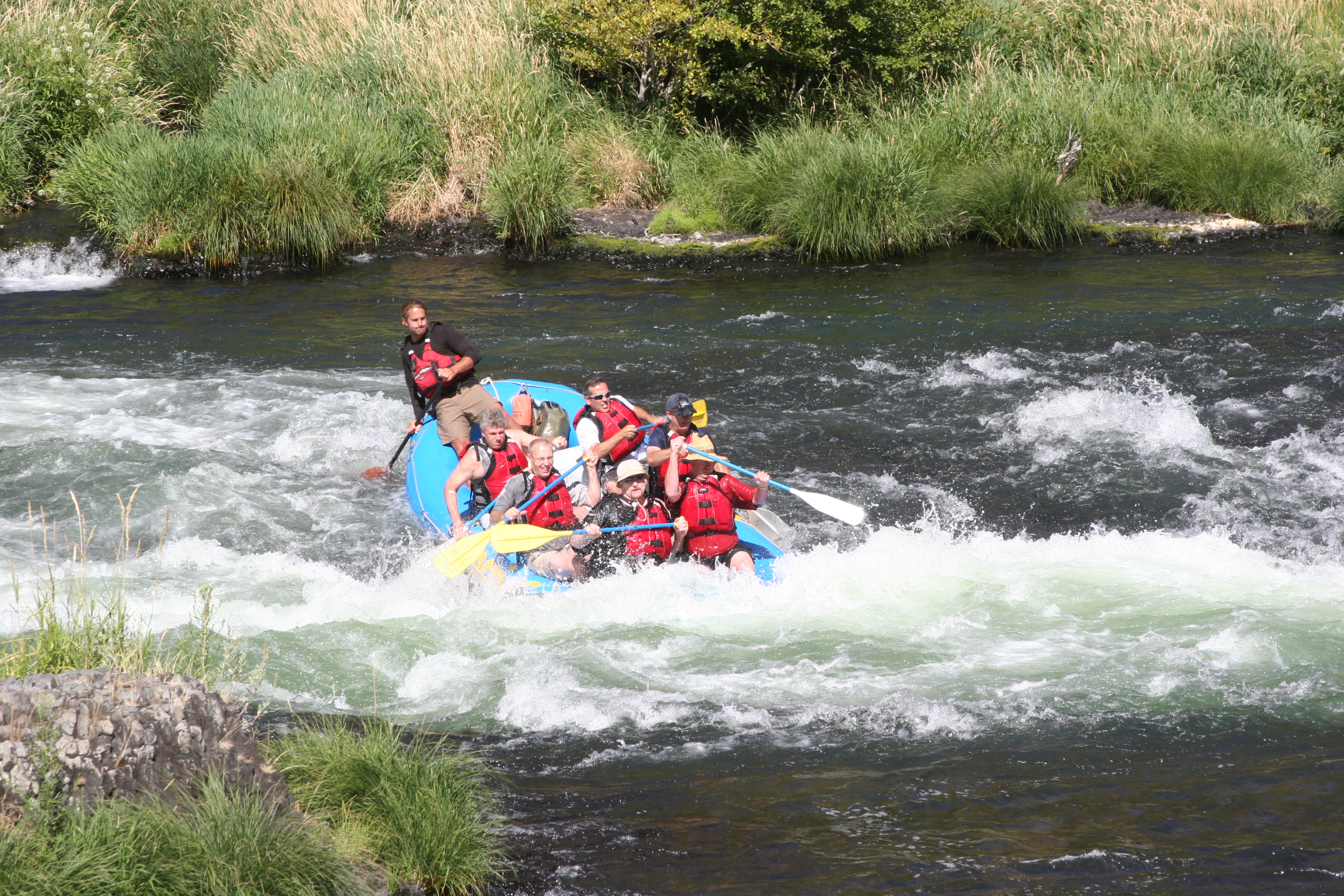
First Class Floating Whitewater Rapids Classes 101 Imperial River Company

The Different Classes Of Rapids Explained

Whitewater Rafting Classes Of Rapids Boring To Scary Paddle Camp
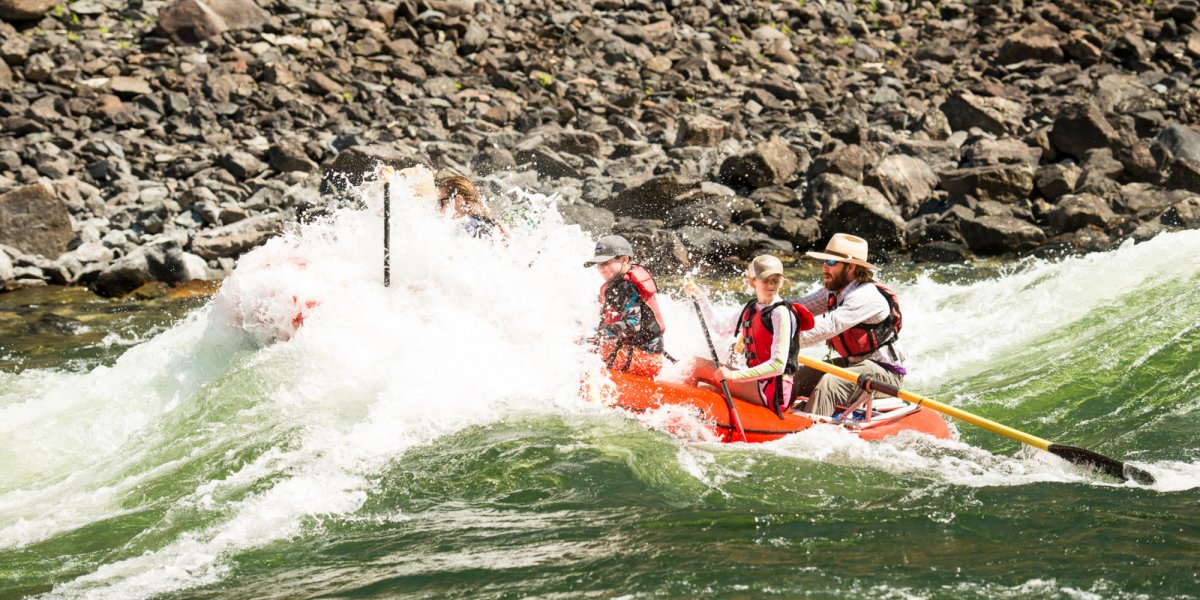
Whitewater Classifications Explained Row Adventures

Guide To Rapid Classification With Pictures Video Voyageur Tripper

River Classifications Chinook Rafting Whitewater Rafting Banff Alberta Canada

Whitewater Classifications Explained Row Adventures

Whitewater Rafting Classes Of Rapids Boring To Scary Paddle Camp
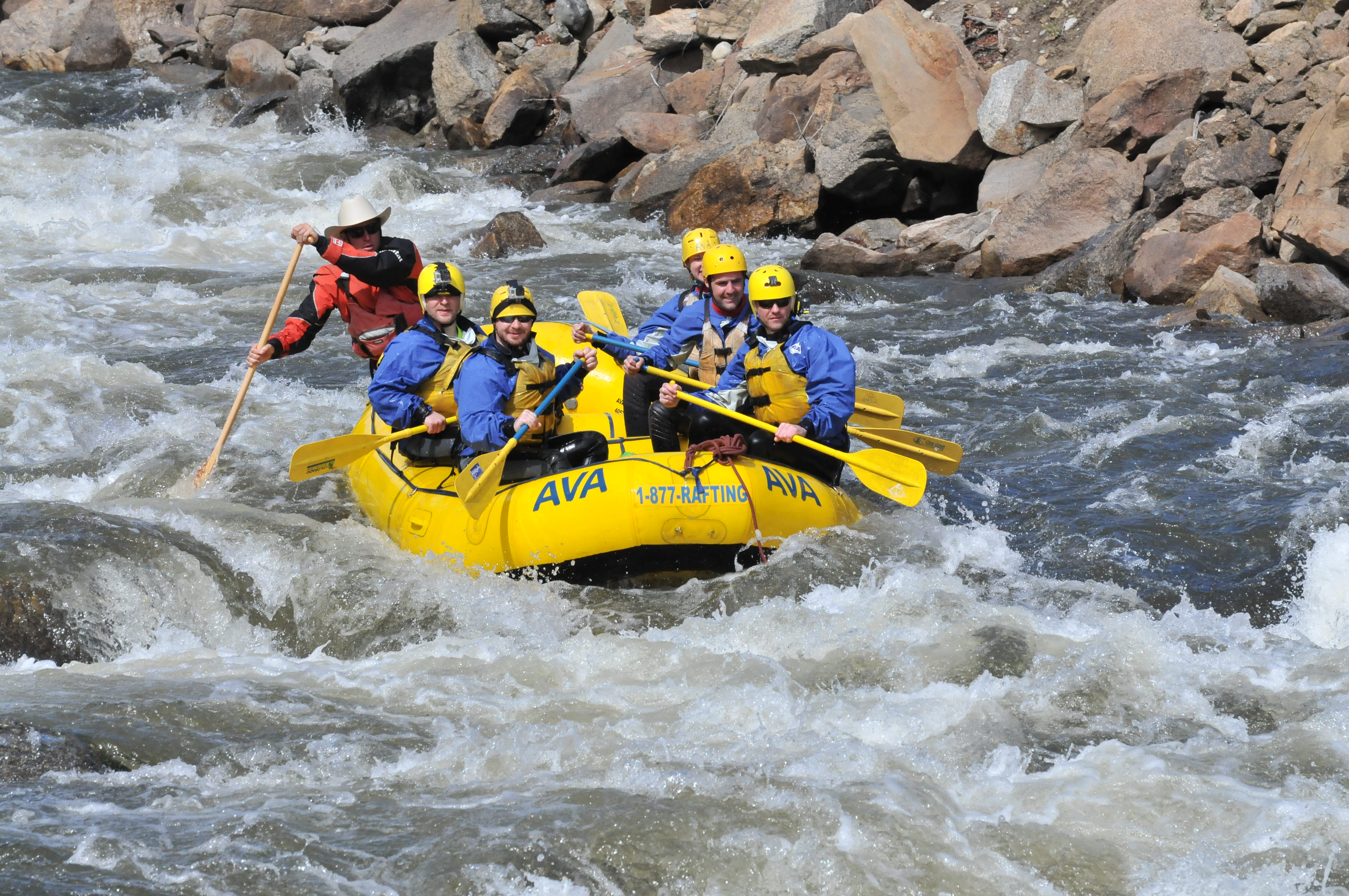
The Different Classes Of Rapids Explained

Class Iii Rapids Fun Class Vi Rapids Death The Active Times

Guide To The Classification Of River Rapids Kayaks Rafting And Canoes

The Most Dangerous Rapids In The World Slideshow The Active Times
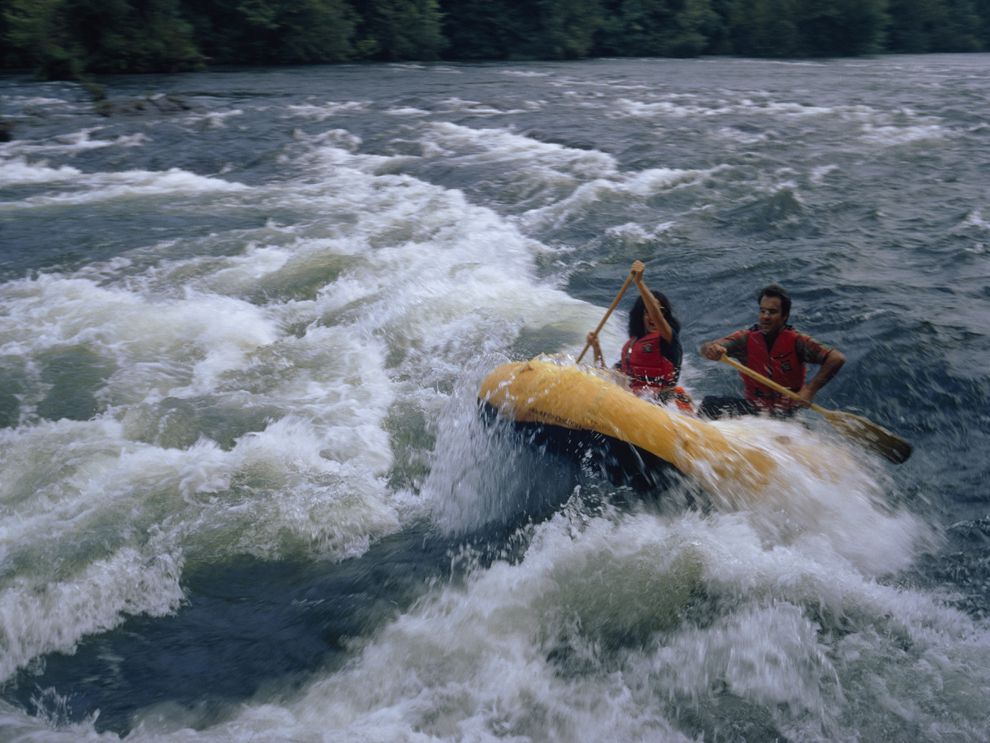
Rapids National Geographic Society
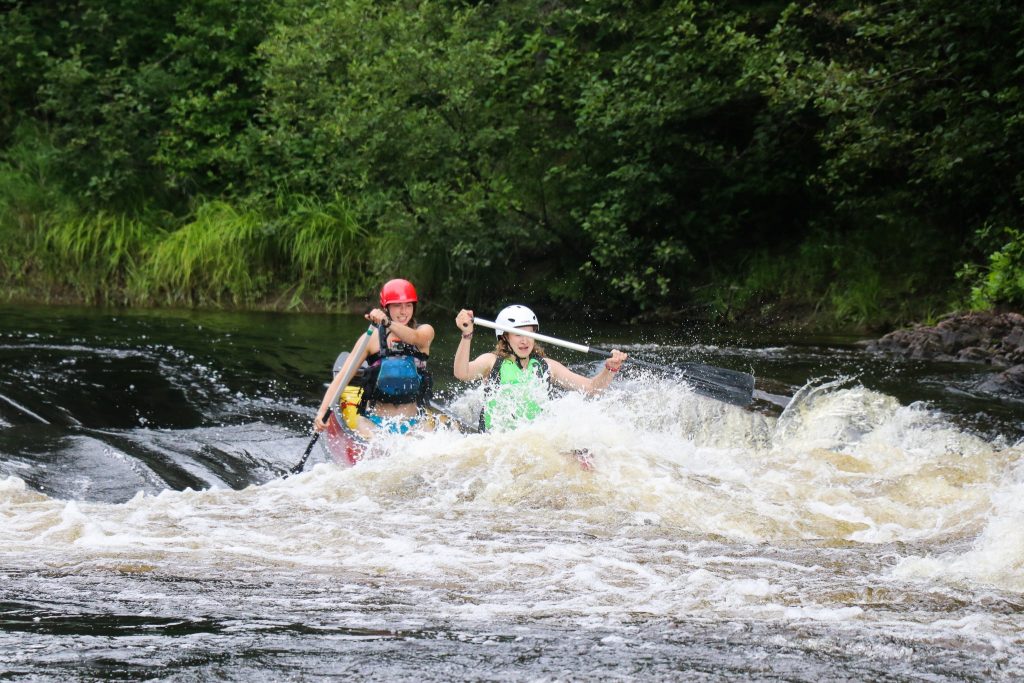
Guide To Rapid Classification With Pictures Video Voyageur Tripper

Whitewater Classifications Explained Row Adventures

